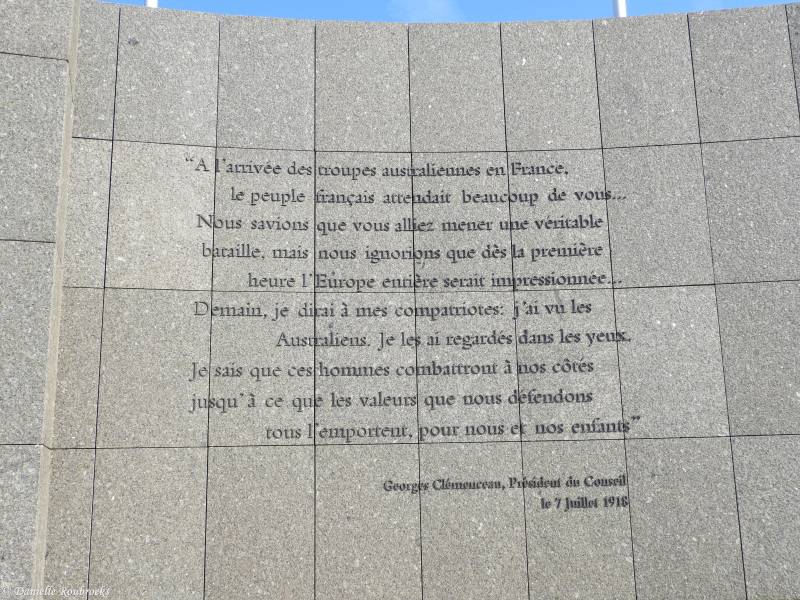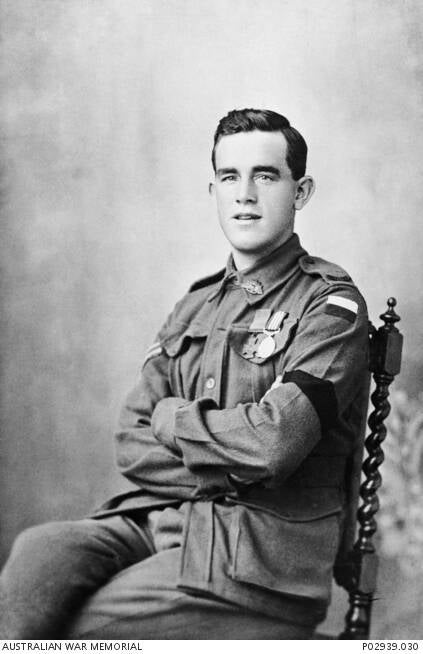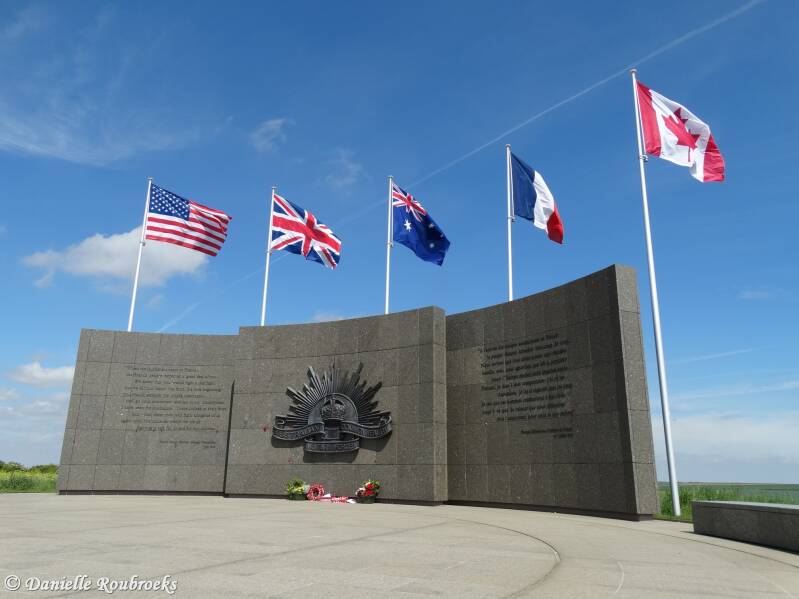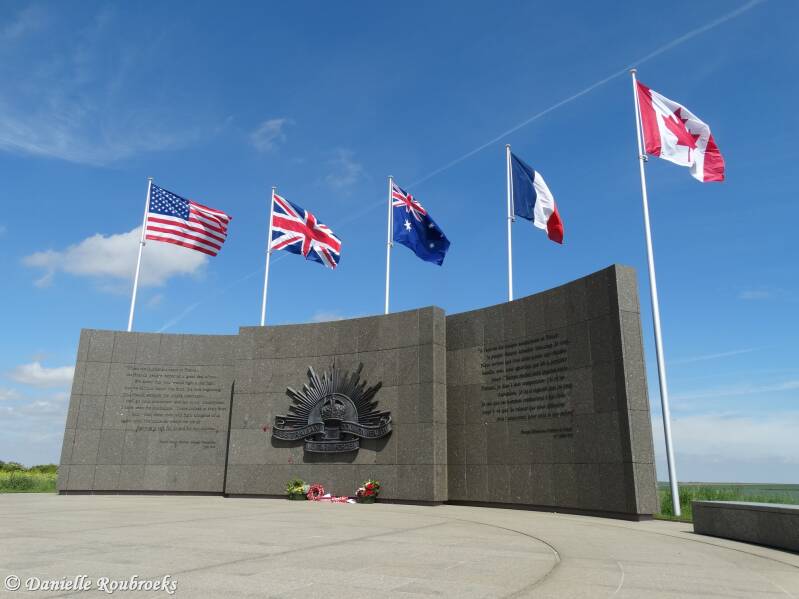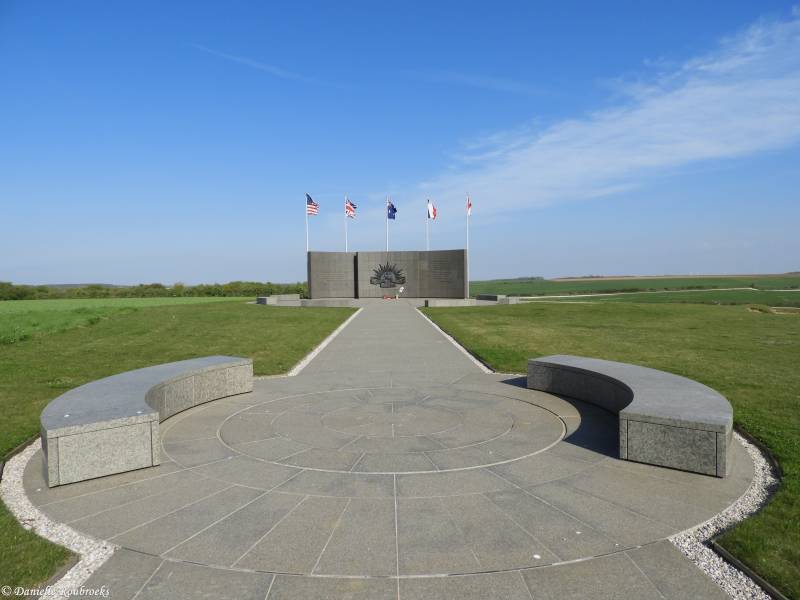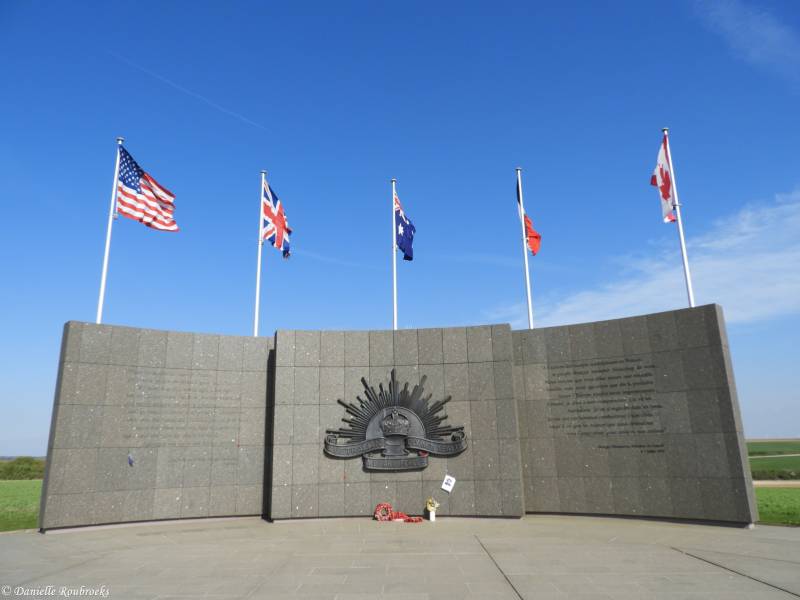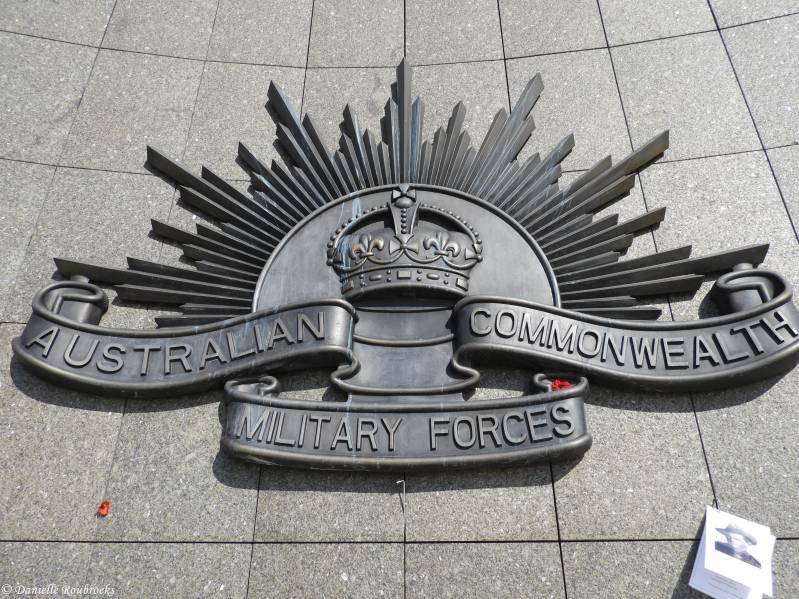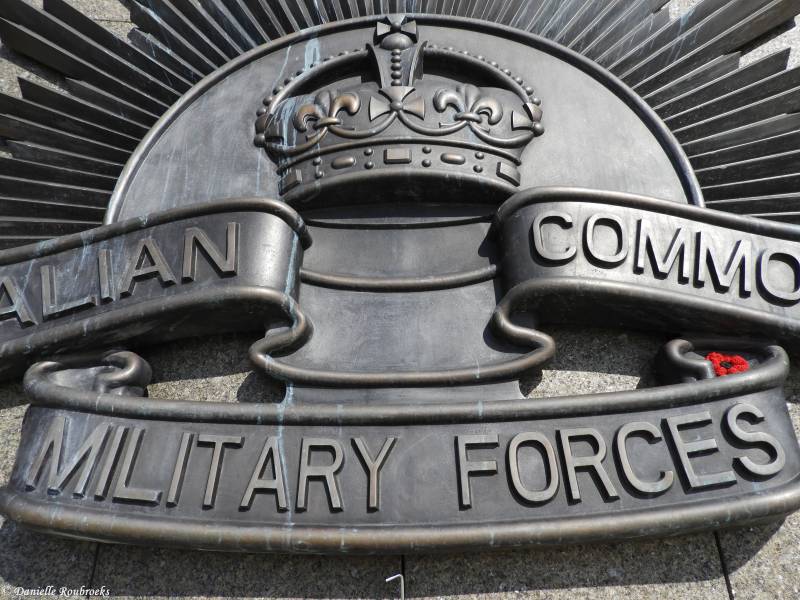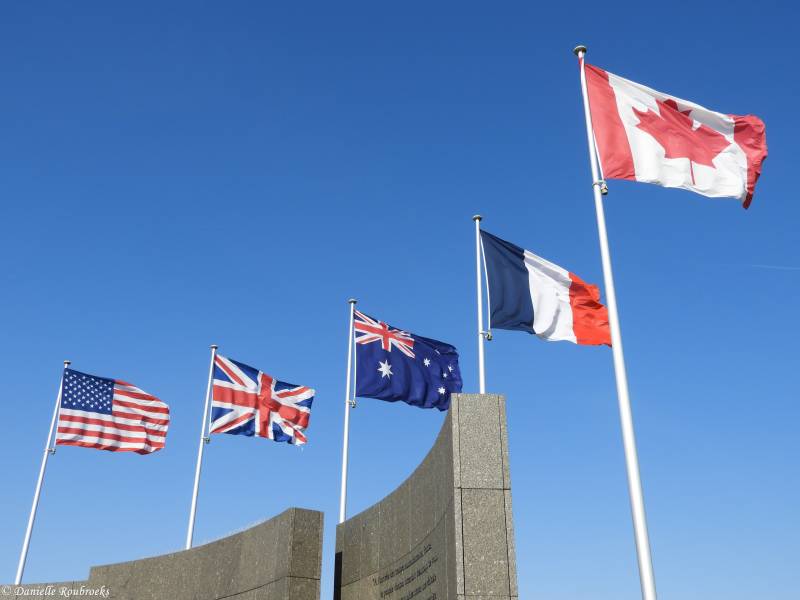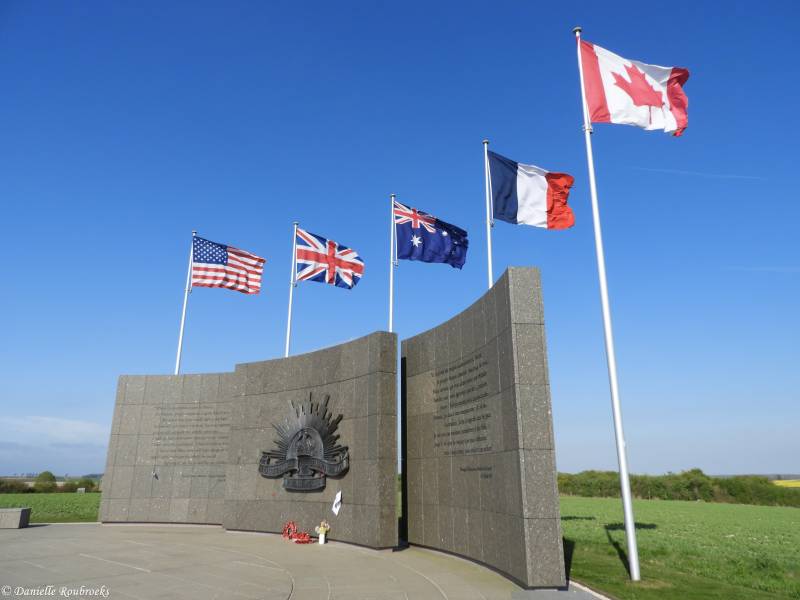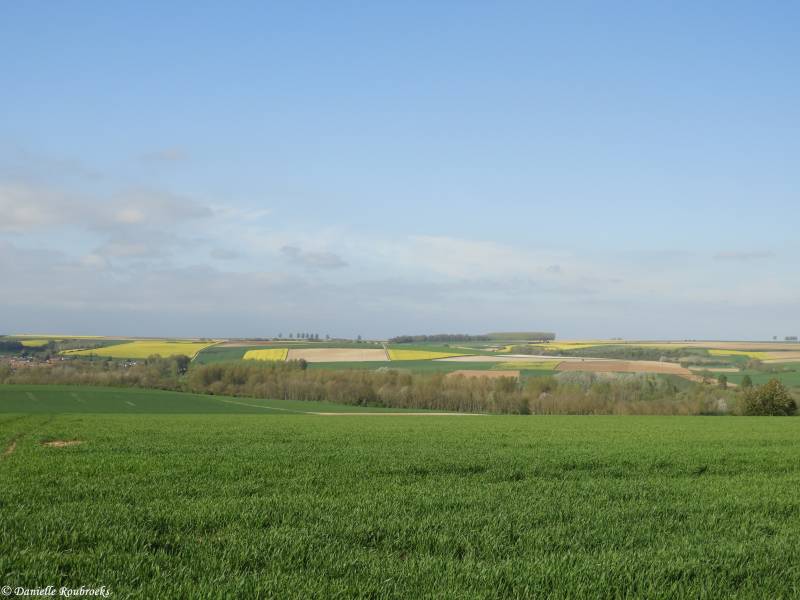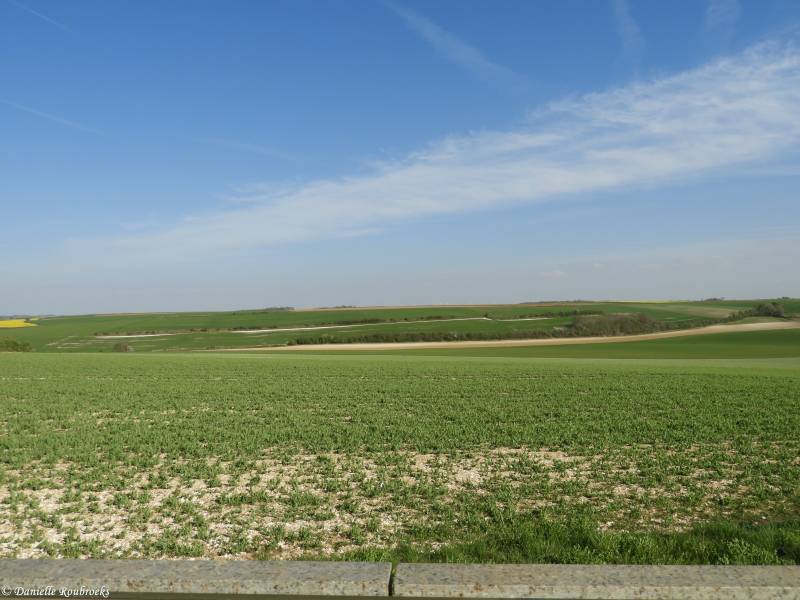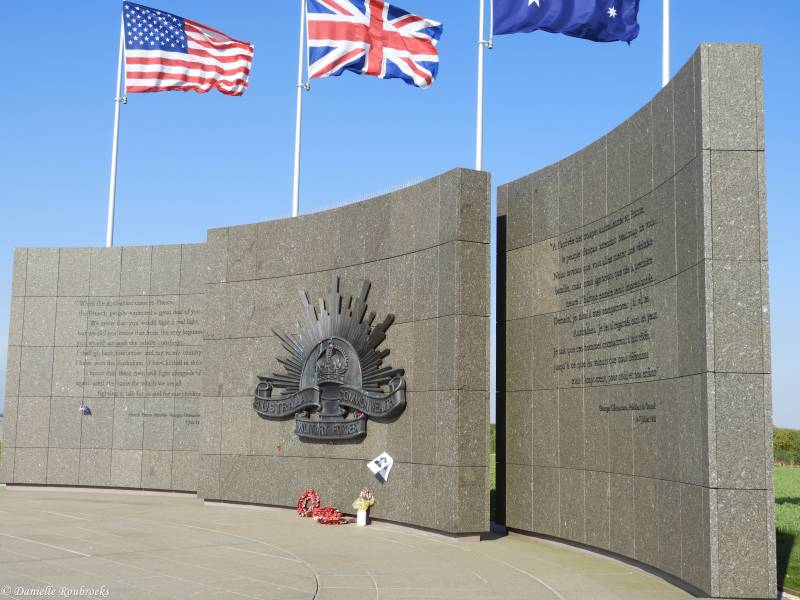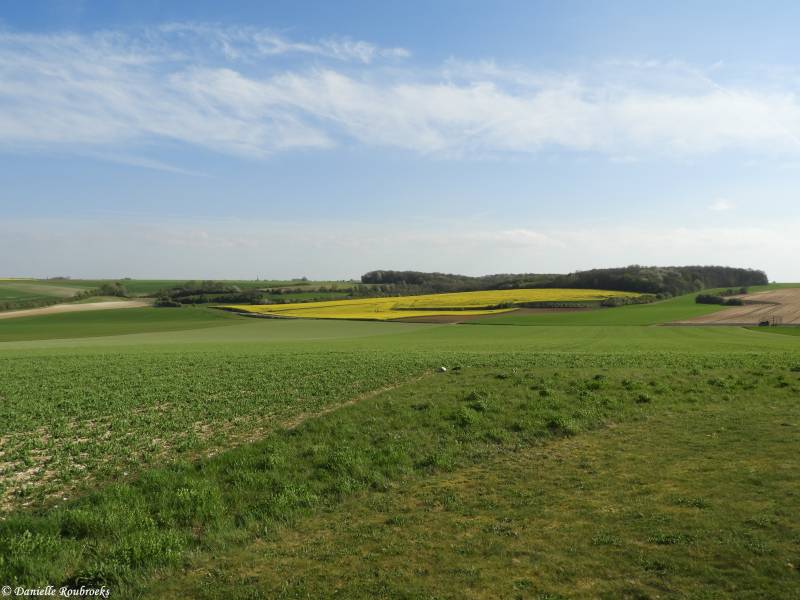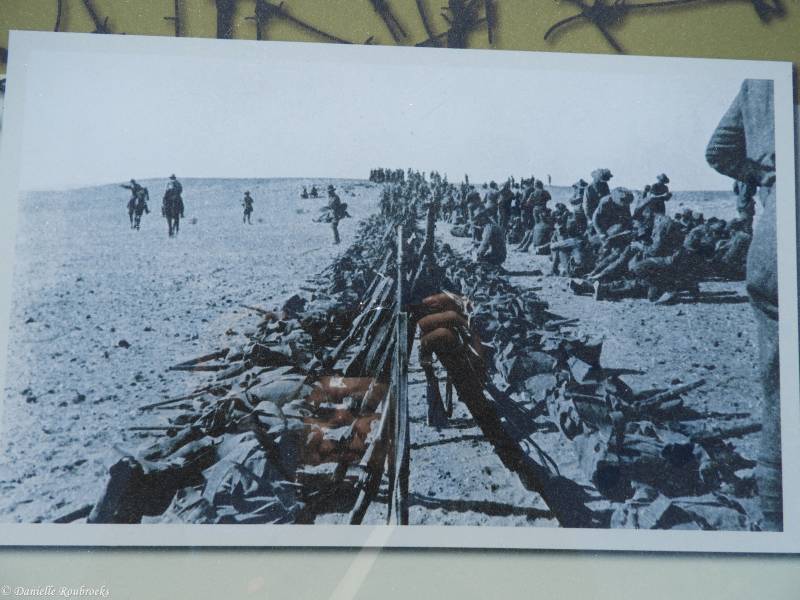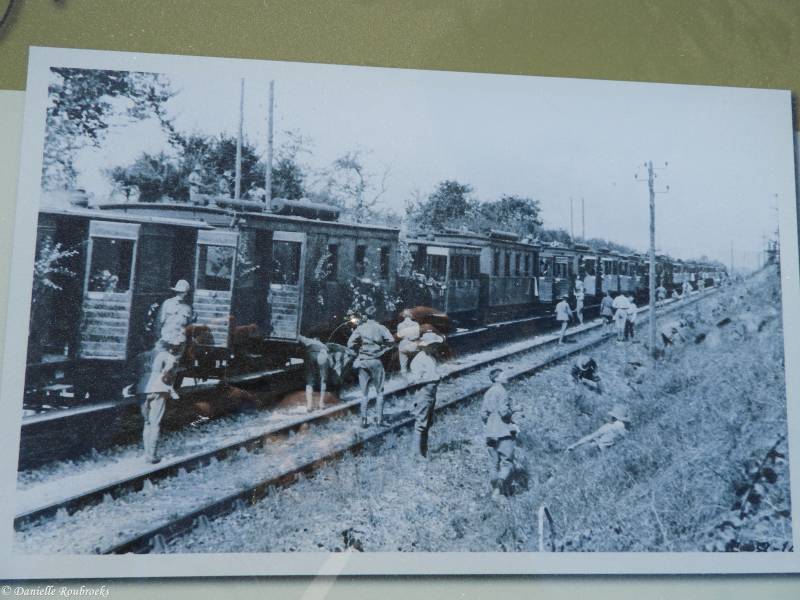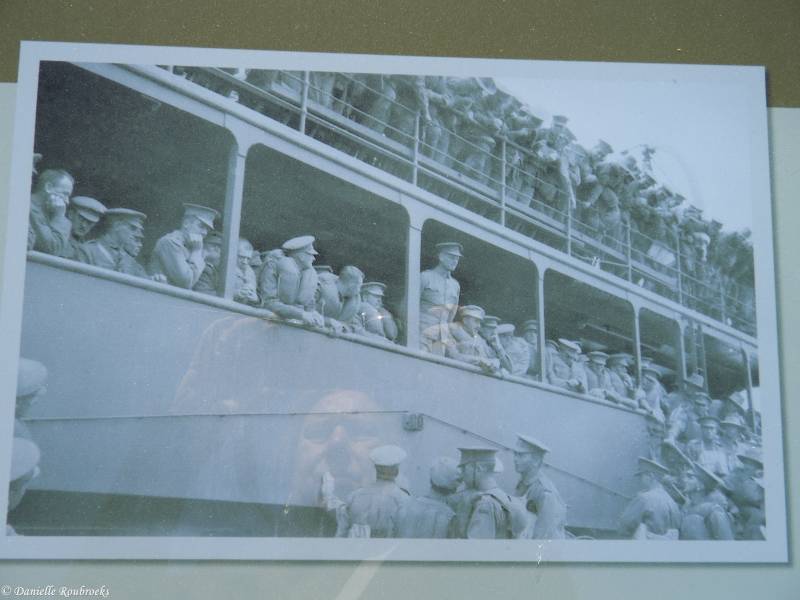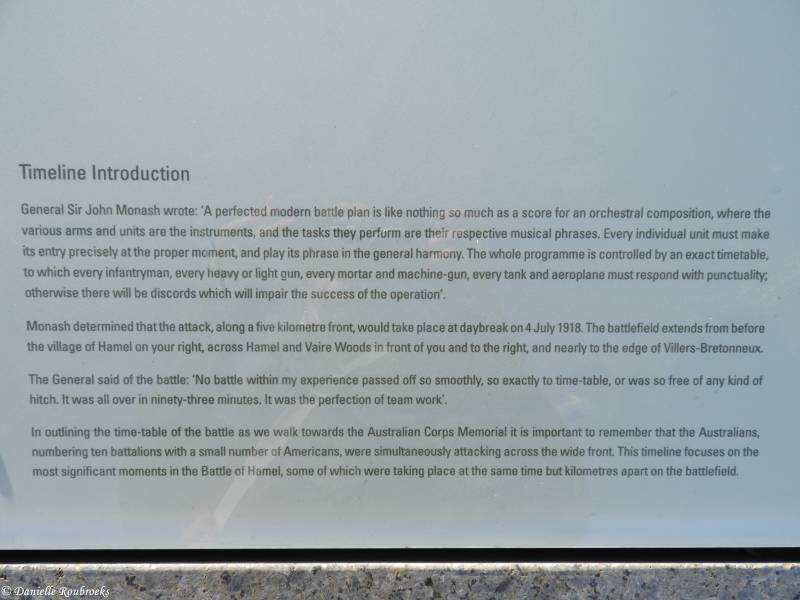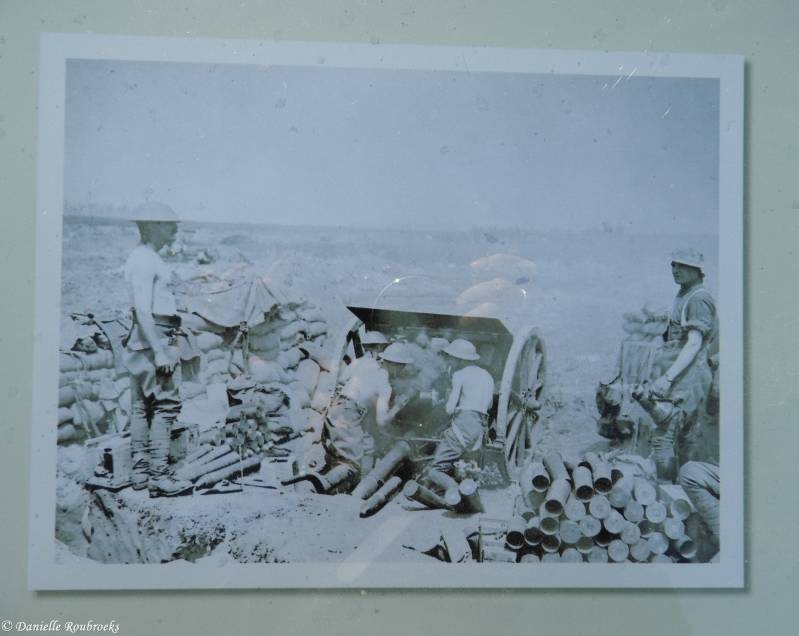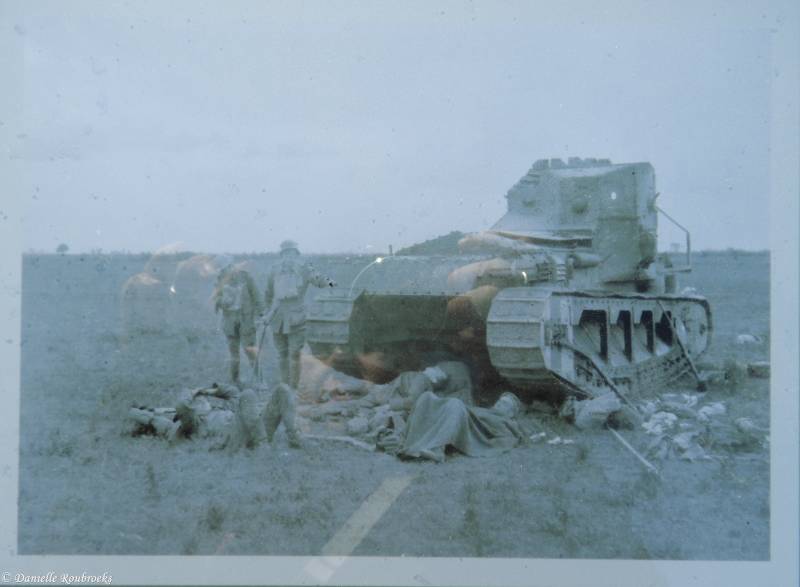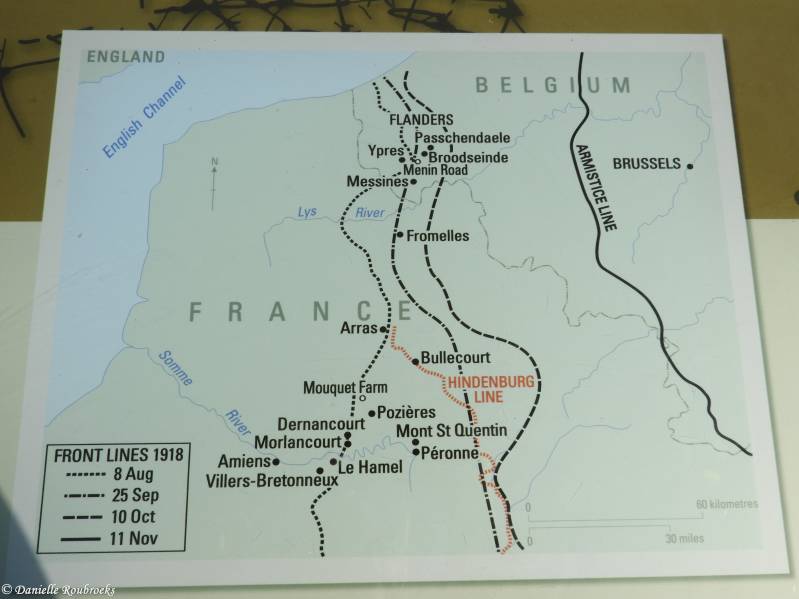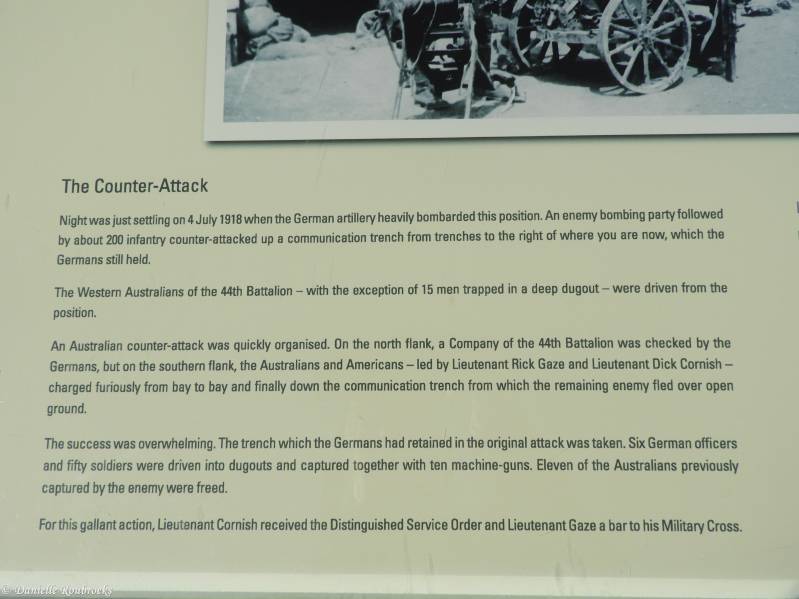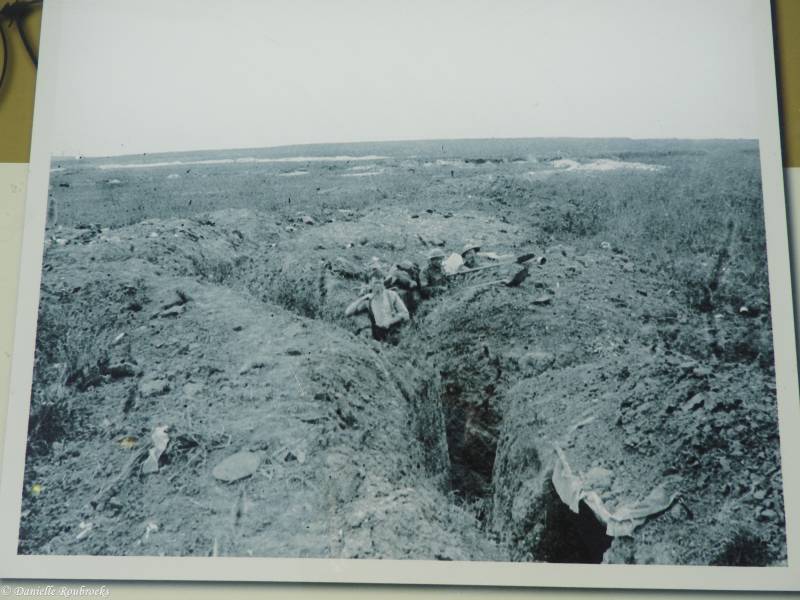Le Hamel, Australian Corps Memorial Park
Historical Information (Wikipedia)
The Australian Corps Memorial Park is situated on the brow of a hill east of Le Hamel village to the south of the River Somme. The memorial park commemorates over 100,000 Australians who served with the Australian Corps in France during the First World War. The Australian Corps was formed in 1917. It comprised five Australian Divisions which saw service in Belgium and France from 1916-1918. The memorial is located on the site of the final objective of the Battle of Hamel on 4th July 1918. This was the first attack planned and carried out by General Sir John Monash, commander of the Australian Corps. The land on which the memorial park is to be found was a gift to the Australian people by the Government of France. It was given to mark the 80th anniversary of the Battle of Hamel, which marked the turn of the tide for the Allies after the difficult period in the months of March and April 1918 following the German advances as far as Villers-Bretonneux with their Operation Michael offensive.
The memorial is constructed as three blocks of curved granite set in a semi-circle. The Australian Forces badge is in the centre block. A speech by Georges Clémenceau is to be found in English and French on each of the blocks to the left and right of the central block. It is maintained by the Commonwealth War Graves Commission. The Australian Corps Memorial Park at Le Hamel was officially rededicated on 8th November 2008 by Her Excellency Ms Quentin Bryce, AC, Governor-General of the Commonwealth of Australia.
Speech by Georges Clémenceau, 7 July 1918
The wording on the memorial in French and English is taken from a speech by Georges Clémenceau, Président du Conseil (French Prime Minister), made on 7th July 1918 after the success by the Australians. The text reads as follows:
“A l'arrivée des troupes australiennes en France, le peuple français attendait beaucoup de vous. Nous savions que vous alliez mener une véritable bataille, mais nous ignorions que dès la première heure l'Europe entière serait impressionée. Demain, je dirai à mes compatriotes: j'ai vu les Australiens. Je les ai regardés dans les yeux. Je sais que ces hommes combattront à nos côtés jusqu'à ce que les valeurs que nous défendons tous l'emportent pour nous et nos enfants.”
“When the Australians came to France, the French people expected a great deal of you... We knew that you would fight a real fight, but we did not know that from the very beginning you would astonish the whole continent... I shall go back tomorrow and say to my countrymen, I have seen the Australians, I have looked in their faces, I know that these men will fight alongside of us again until the cause for which we are all fighting is safe for us and for our children.”
VICTORIA CROSS
In July 1915, at the age of 21, Axford joined the Australian Imperial Force (AIF) for service in the First World War. He was assigned to the 11th Reinforcements of the 16th Battalion on 9 August 1915, which left Australia on HMAT Benalla that November. He arrived in the Middle East to join his unit in March 1916, missing the just completed Gallipoli Campaign.
In June 1916, Axford's battalion went to France to fight on the Western Front. During the Battle of Mouquet Farm on 11 August 1916, Axford was evacuated with shellshock. He returned to the battalion after two days. During most of 1917, the battalion was engaged in fighting in Belgium, attacking the Hindenburg Line. During the Third Battle of Ypres, in fighting at Gapaard Farm, Axford was badly wounded in the knee by shrapnel. After medical treatment in England he rejoined the battalion in January 1918. The following month, he was promoted to lance corporal. During the German spring offensive, from March to April 1918, 16th Battalion was heavily engaged in fighting around Hébuterne. In May he was awarded the Military Medal. It was during the Battle of Hamel, on 4 July 1918, that the events that led to Axford being awarded the Victoria Cross (VC) took place. His platoon was attacking towards Vaire Wood when a neighbouring platoon came under heavy fire. Axford took prompt action to remedy the situation.
Citation
An extract from "The London Gazette," dated 13 September 1918, records the following:-"On 4 July 1918 during the attack at Vaire and Hamel Woods, France, when the advance of the adjoining platoon was being delayed in uncut wire and machine-gun fire, and his company commander had become a casualty, Lance-Corporal Axford charged and threw bombs amongst the enemy gun crews. He then jumped into the trench, and charging with his bayonet, killed 10 of the enemy and took six prisoners. He threw the machine-guns over the parapet and the delayed platoon was able to advance. He then rejoined his own platoon and fought with it during the remainder of the operations.”
In addition to being awarded the VC, Axford was promoted to corporal several days after the battle. Shortly before the end of the war, Axford returned to Australia on furlough. He was discharged from the AIF on 2 February 1919.
(Source: Wikipedia)
Dalziel volunteered for the Australian Imperial Force (AIF) in early 1915 and was posted to the 15th Battalion as a reinforcement. He served throughout the Gallipoli Campaign until he was evacuated, along with the rest of his battalion, to Egypt in December 1915. From July 1916, he served on the Western Front in France and fought in the Battles of the Somme, Pozières and Mouquet Farm. His service continued into 1917, including the Battle of Messines, but he was wounded at Polygon Wood during the Battle of Passchendaele. He returned to the front in June 1918.
It was during the Battle of Hamel that Dalziel performed the deed for which he was awarded the Victoria Cross (VC). Assigned to the battalion's transport company as a driver, he volunteered to join the attack to make up for a manpower shortage that the battalion was experiencing at that time.
Citation
An extract from "The London Gazette," dated 17 August 1918, records the following:-"For most conspicuous bravery and devotion to duty when in action with a Lewis gun section. His company met with determined resistance from a strong point which was strongly garrisoned, manned by numerous machine-guns and, undamaged by our artillery fire, was also protected by strong wire entanglements. A heavy concentration of machine-gun fire caused many casualties, and held up our advance. His Lewis gun having come into action and silenced enemy guns in one direction, an enemy gun opened fire from another direction. Private Dalziel dashed at it and with his revolver, killed or captured the entire crew and gun, and allowed our advance to continue. He was severely wounded in the hand, but carried on and took part in the capture of the final objective. He twice went over open ground under heavy enemy artillery and machine-gun fire to secure ammunition, and though suffering from considerable loss of blood, he filled magazines and served his gun until severely wounded through the head. His magnificent bravery and devotion to duty was an inspiring example to all his comrades and his dash and unselfish courage at a critical time undoubtedly saved many lives and turned what would have been a serious check into a splendid success.”
(Source: Wikipedia)
Along the path to the memorial visitors will see numerous information panels with text, maps and illustrations to tell the story of the successful Battle of Hamel by ten Australian battalions and attached American units in the early morning hours of 4th July 1918.



